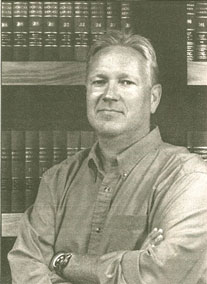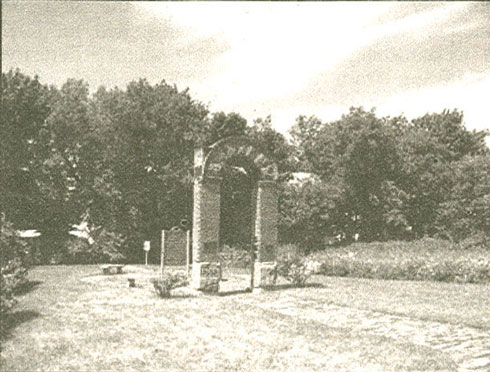
To Authors & Creators of Audio/Video related to Lake Superior history: here's how to submit items for possible inclusion on this site |
DON’T YOU DARE MISS OUR |
Info about SHORTCUT, Lehto's 2011 investigation of the Seeberville Murders Second editon (2013) of Death's Door Steve Lehto appears in the 2013 PBS documentary |

“Lehto puts events back together with the eye of a crime-scene investigator and first-class historian.” Peter Werbe, host of “Nightcall,” WRIF-FM 101.1, Detroit “I’m impressed with the amount of research that Lehto has done, and his keen eye for nuance and detail that must be considered when interpreting documents and making historical judgments.” Dr. Daniel Clark, Associate Professor of History, Oakland University “The souls of the innocent have finally been set free. Hard work and compassion were the keys to Lehto’s success in discovering what really happened.” Jay Brandow, reporter, WNEM TV-5 Saginaw |
It’s not surprising that Death’s Door opens by taking readers on a brief walk through the village of Calumet’s main streets. Finnish-American author Steve Lehto’s roots are firmly in Michigan’s Upper Peninsula; his parents met at Suomi College (now called Finlandia) where his grandfather was a dean, and his family regularly returned to the area for summer vacations. Firsthand experience enables him to explore the terrain as a insider intent on helping readers understand not only its cultural and historical implications, but also its poignantly human dimensions. This personal approach quickly gets a twenty-first century reader involved in investigating an event that happened “in a flash” almost a century ago, at an Italian social hall in Michigan’s remote Copper Country on Christmas Eve, 1913.
Striking copper miners and their families were gathered in the Italian Hall’s second floor meeting room to celebrate the holiday, when a man in a dark coat suddenly cried “Fire!” at the top of the stairs. In the ensuing panic, someone tripped on the narrow, rail-less stairway, leading others to lose their balance. Within a minute, the pile of bodies was high enough to trap and suffocate those near the bottom, while those closer to the surface were being trampled. The tangle of people on the stairway became packed so tightly that it took hours to remove everyone. Seventy-three people died at the Italian Hall that afternoon, most of them children. But there was no fire in the hall, and the person who yelled “Fire!” has never been identified.
Woody Guthrie’s 1940s labor song “1913 Massacre” may well be the most widely known depiction of what motivated the cry of “Fire!,” yet it offers only one of the many, sometimes conflicting, versions of events available. In Death’s Door, Steve Lehto turns an attorney’s disciplined eye for evidence to the task of creating an accurate and comprehensive investigation of the tragedy. Drawing upon careful research of reports in English and foreign-language newspapers from the period, court transcripts, the Congressional Record, and other historical documents, he gradually builds a case for concluding that there truly is evidence reliable and strong enough to call the Italian Hall tragedy “Michigan’s largest mass murder.” Lehto’s dexterity in weaving together material drawn from complex historical sources offers those accompanying him on his journey to do justice to the past a readable, enlightening, and thought-provoking account, which was listed as a Michigan Notable Book for 2007.
The arched doorwary on the left led to the tragic stairway. |
“. . . I remember visiting Calumet as a child. When the Italian Hall was mentioned, conversations often shifted into hushed tones, and among the older generation, into Finnish. It bordered on the unmentionable. Most of the dead were of Finnish descent—and children at that. * * * As personal as the catastrophe was for those in the area, it holds a much larger meaning to those who study it. The tragedy struck at a seam in history, a defining border between the Old World and New World in race and labor.” Steve Lehto, Death’s Door |
|

This sandstone Memorial Arch is all that remains of the Italian Hall.
Click “Momentum Books” and “Italian Hall Blog” on our Links page for further information about Death’s Door.
Steve Lehto's Facebook Resource for the Italian Hall Disaster's 100-year anniversary>>>
Photos courtesy of Steve Lehto.
Steve Lehto appears in the new PBS documentary Second editon (2013) of Death's Door Lehto's 2014 YouTube video overview of the Italian Hall Disaster SHORTCUT, Lehto's 2011 investigation of the Seeberville Murders |
|
 |
|
©2004 - 2020 Superior Reading. All rights reserved.
![]()
Last Updated 1.29.2020